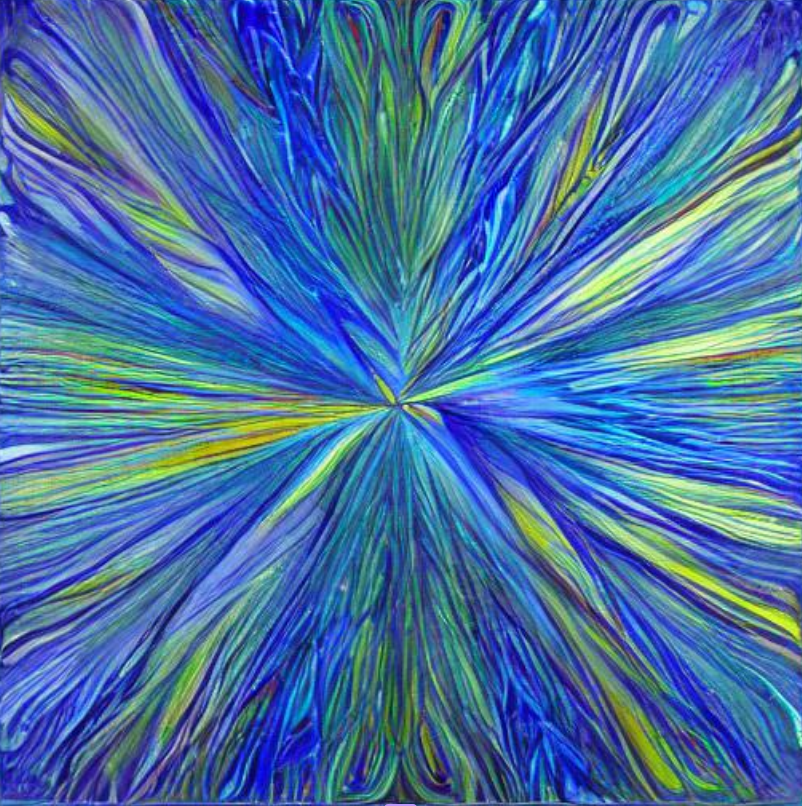
Oil colors, also known as oil paint, is a medium made up of pigments suspended in a binding medium of drying oils. The chemistry of oil colors is complex, involving the combination of pigments, oils, and often other ingredients such as solvents and additives. Understanding the chemistry of oil colors is essential for understanding how they behave and how to properly use them in art.
Pigments are the colored particles that give oil colors their hues. Pigments can be inorganic, such as iron oxide, or organic, such as alizarin. Pigments are insoluble in oil and are ground into a fine powder before being mixed with the oil medium. The type of pigment used and the way it is ground will affect the final color and texture of the paint.
The oil medium is composed of drying oils such as linseed oil, poppy seed oil, and walnut oil. Drying oils are oils that will oxidize and harden over time when exposed to air. This process is called polymerization and it is what makes oil paint dry. The drying time can vary depending on the type of oil used and the environment. Linseed oil, for example, dries more quickly than poppy seed oil.
Some oil paints also contain solvents, which are used to thin the paint and make it more manageable. The most common solvent used in oil painting is turpentine, a liquid distilled from resin. Other solvents such as white spirit and mineral spirits can also be used. Solvents can be toxic and should be used in a well-ventilated area.
In addition to pigments, oils and solvents, oil paint can also contain other ingredients such as waxes, resins, and driers. These additives can affect the final properties of the paint, such as its flexibility and durability. For example, waxes can be added to paint to make it more flexible and resistant to cracking, while driers can be added to speed up the drying time.
Oil colors are a complex medium composed of pigments, oils, and other ingredients. The way these ingredients are combined and used will affect the final properties of the paint, such as its color, texture, and drying time. Understanding the chemistry of oil colors is essential for understanding how to use them properly and create the desired effects in art.